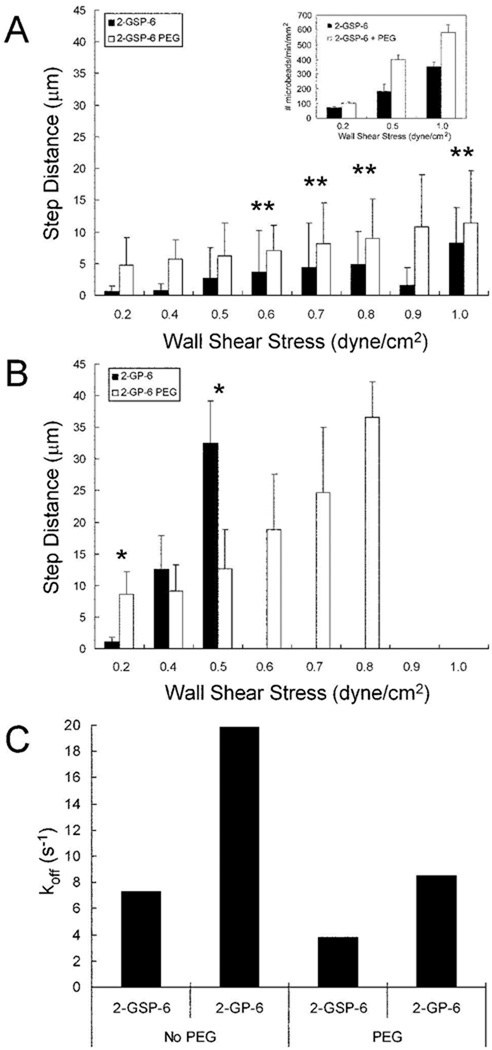Figure 5. Long PEG spacers improved the microparticle binding performance of a low affinity P-selectin ligand.
The averaged step distances between interactions for microparticles over a range of shear rates is shown. (A) Comparison of chemisorbed 2-GSP-6 (black) and 2-GSP-6 with PEG10000 (white). Insert in panel (A) shows the adhesive flux of chemisorbed 2-GSP-6 microparticles (white) compared to 2-GSP-6+PEG10000 microparticles (black) at flow rates of 0.2, 0.5, and 1.0 dyn/cm2 wall shear stress. (B) Comparison of averaged step distances of chemisorbed 2-GP-6 (black) and 2-GP-6 with PEG10000 (white). Wall shear rates with zero step distance measurements indicates step distances larger than the microscope field of view (100+ µm), and were considered non-interacting. (C) The mean koff of 2-GSP-6 microparticles, 2-GP-6 microparticles, 2-GSP-6+PEG10000 microparticles, and 2-GSP-6+PEG10000 microparticles interacting with the P-selectin surface at a wall shear stress of 0.5 dynes/cm2. The P-selectin surface density for all experiments was set at 100 sites/µm2. ** p > 0.05 (p = 0.058 for 0.6 dynes/cm2. p = 0.350 for 0.7 dynes/cm2. p = 0.117 for 0.8 dynes/cm2. p = 0.365 for 1.0 dynes/cm2). * p < 0.05 (p = 0.000158 for 0.2 dynes/cm2. p = 0.0078 for 0.5 dynes/cm2). R2 > 0.96 for the bi-molecular reaction model equation.

